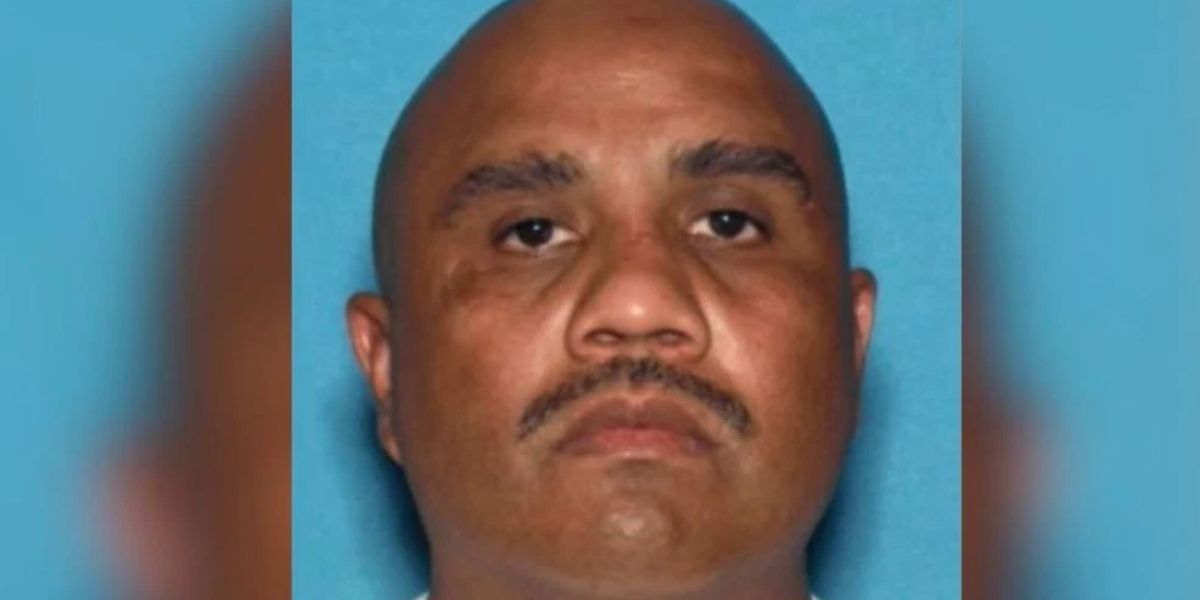Lebanon, IN – An Indiana homeowner, accused of shooting and killing a 32-year-old house cleaner who mistakenly arrived at his door, is now facing a voluntary manslaughter charge, raising new questions about the boundaries of stand-your-ground laws in the state.
The case centers on the death of Maria Florinda Rios Perez De Velasquez, a Guatemalan immigrant and mother of four who was working with a cleaning crew when she approached the wrong address on the morning of November 5. The homeowner, 62-year-old Curt Andersen, fired through his closed front door, striking her once in the chest. Prosecutors say there is no evidence the victims attempted to force their way inside.
Incident Summary
Police found Rios dead on the front porch in Whitestown, a suburb of Indianapolis. According to investigators, the cleaning crew mistakenly believed they were at the correct home and attempted to open the door using work keys. Authorities say they were at the door for less than a minute before the shot was fired.
Rios’ husband, Mauricio Velasquez, told investigators he was standing beside her and did not realize she had been shot until she collapsed into his arms. The family has described her as a hardworking mother supporting four children.
Timeline of Events
The probable cause affidavit states that Andersen was asleep upstairs when he heard what he called a “commotion” near the door. Believing someone was trying to break in, he armed himself, looked out the window, and saw two individuals attempting to open the door.
He did not issue any verbal warning or ask who was outside. Instead, he fired once through the door from the top of the stairs. The door itself never opened, and police found no signs of forced entry on the door, latch, or frame.
When informed that his shot had killed Rios, Andersen reportedly lowered his head and said he “didn’t mean for anything to happen.”
Witness Statements
Rios’ husband said that he and his wife attempted to unlock the door using the company’s cleaning keys, not knowing they were at the wrong address. He said they did not knock, force the lock, or hear anything from inside the home during the encounter.
“We never heard any voices or movement. We were just trying the key for 30 seconds to a minute,” he told investigators.
Stand-Your-Ground Debate
Indiana is one of 31 states with a stand-your-ground law, which allows deadly force if a homeowner reasonably believes someone is unlawfully entering their dwelling. Prosecutors, however, say this situation does not qualify.
Boone County Prosecutor Kent Eastwood said Andersen lacked the necessary information to reasonably believe deadly force was required.
“He didn’t have enough information to know whether his actions were reasonable,” Eastwood noted during a news conference.
Andersen’s attorney, Guy Relford, argued in a statement that his client genuinely believed he was stopping a break-in and that the stand-your-ground statute applies fully.
Official and Expert Perspectives
Legal experts suggest the case could test how far stand-your-ground protections extend. Jody Madeira, a law professor at Indiana University, said both the facts and the circumstances appear far outside the norm.
Madeira emphasized that front porches are considered legally accessible areas for legitimate purposes such as deliveries, repairs, or services.
“Trying to insert a key or rattling a doorknob is not a reasonable justification for firing a shot,” she said.
Background and Similar Incidents
The case echoes a 2023 Missouri shooting, in which an elderly homeowner shot 16-year-old Ralph Yarl for mistakenly knocking at the wrong home. That homeowner was later charged and pleaded guilty.
A New York case in 2024 also involved a homeowner fatally shooting a woman who mistakenly entered his driveway; he was convicted of second-degree murder despite the state lacking a stand-your-ground law.
Public Safety Considerations
Incidents involving mistaken addresses are more common than many realize. Delivery drivers, home service workers, and contractors frequently access private property as part of their jobs. Law enforcement officials urge homeowners to consider alternative actions such as calling 911, issuing verbal warnings, or checking security cameras before resorting to firearms.
Conclusion
The death of Maria Florinda Rios has intensified debate around self-defense laws and raised difficult questions about fear, perception, and responsibility. As Andersen awaits his first court appearance, the case may shape how Indiana courts interpret the limits of deadly force in residential encounters.





